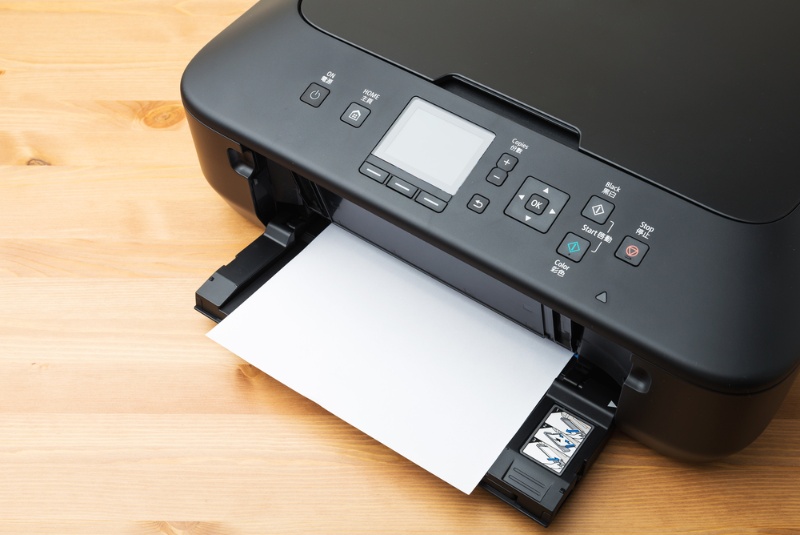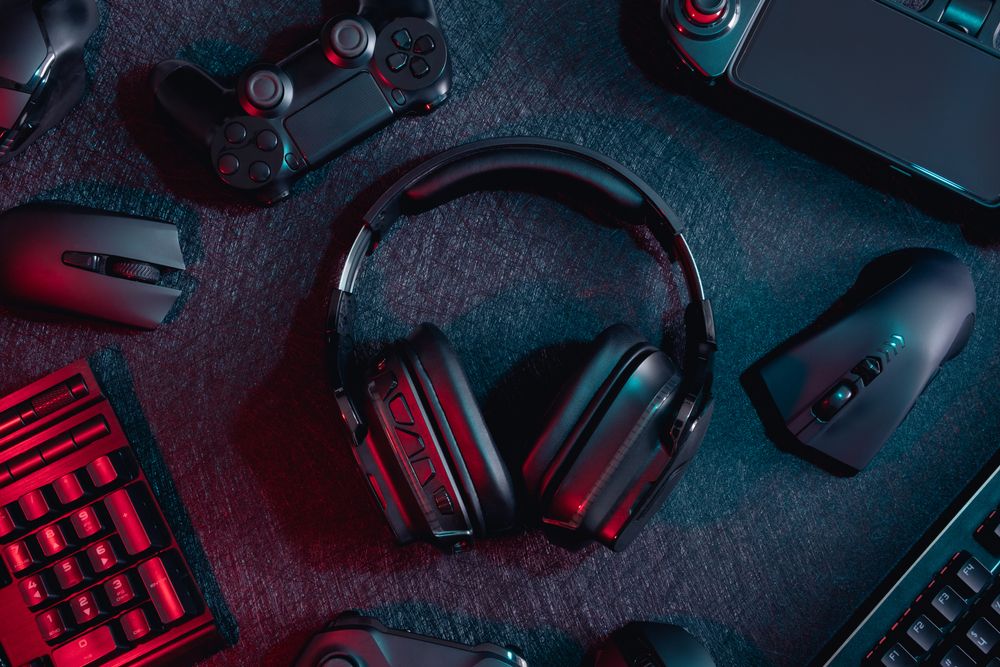Choosing the right printer for either home or office use can be a daunting task, given the myriad of options available on the market. This comprehensive guide aims to simplify the process, helping you make an informed decision based on your specific needs. Whether you're looking for a printer for occasional home use, a reliable machine for your home office, or a high-performance printer for a busy office environment, understanding the key factors to consider will steer you toward the perfect choice.
Understanding Printer Types
The first step in choosing the right printer is understanding the different types available. Inkjet printers are versatile devices capable of producing high-quality prints with rich colors, making them ideal for printing photos and documents with graphical elements. They are generally more affordable upfront but may have higher long-term costs due to ink expenses. Laser printers, on the other hand, are known for their speed and efficiency, especially when printing text documents. They have a higher initial cost but lower operating costs over time, as toner cartridges last longer than ink cartridges. There are also specialized printers, such as photo printers for high-quality photo printing and all-in-one printers that include scanning, copying, and sometimes faxing capabilities. Each type has its advantages and disadvantages, depending on your printing needs.
Print Quality and Resolution
Print quality is a crucial consideration, especially if you plan to print high-resolution images or documents where clarity is essential. The print quality is largely determined by the printer's resolution, measured in dots per inch (DPI). A higher DPI indicates finer detail and clearer printouts. For text documents, a printer with at least 600 DPI should suffice. However, for printing photos or detailed graphics, look for a printer with a minimum of 1200 DPI. Keep in mind that while higher resolution printers produce better quality prints, they may also be more expensive and consume more ink or toner.
Printing Speed
Printing speed is particularly important in office settings where high volumes of documents are printed regularly. Printer speed is measured in pages per minute (PPM). If you're purchasing a printer for a busy office, look for a model with a high PPM rating to avoid bottlenecks. Home users with less frequent printing needs may find that a lower PPM rating is sufficient and more cost-effective. It's also worth considering the printer's first-page-out time, which indicates how quickly the printer can produce the first page of a document from a standing start.
Connectivity Options
Today's printers offer a variety of connectivity options beyond the traditional USB connection. Wi-Fi-enabled printers allow for wireless printing from computers, smartphones, and tablets without the need for physical cables. Some models offer Bluetooth connectivity, and others feature Near Field Communication (NFC) for quick pairing with compatible devices. Cloud printing capabilities are also increasingly common, enabling users to print from anywhere with an internet connection. When choosing a printer, consider which connectivity options will best suit your needs for flexibility and convenience.

Cost of Ownership
The initial purchase price of a printer is only part of the total cost of ownership. Long-term costs such as ink or toner, paper, and maintenance should also be considered. Inkjet printers typically have lower upfront costs but higher ongoing costs due to the price of ink cartridges. Laser printers, while more expensive initially, tend to have lower per-page printing costs, making them more economical over time for users with heavy printing needs. To assess the cost of ownership, calculate the cost per page by dividing the cost of the ink or toner cartridge by the number of pages it can produce. Additionally, look for printers with energy-saving features to reduce electricity costs.
Ease of Use and Maintenance
A printer's ease of use and maintenance are important factors to consider, especially for those who are not tech-savvy. Look for printers with intuitive interfaces, easy-to-navigate menus, and straightforward installation processes. Consider models that offer automatic two-sided printing to save time and paper. Maintenance requirements vary by printer type; inkjet printers may require regular printhead cleaning to prevent clogs, while laser printers might need occasional toner cartridge replacement and cleaning. Assess your willingness and ability to perform these tasks or consider a printer with a low maintenance profile.
Environmental Considerations
For environmentally conscious consumers, the environmental impact of a printer is a significant consideration. Look for printers with energy-efficient certifications like ENERGY STAR, which ensures that the device consumes less power. Some printers also offer eco-friendly features such as duplex printing, which reduces paper usage by printing on both sides of the page. Manufacturers may offer recycling programs for used ink and toner cartridges, further reducing the environmental footprint of your printing activities.
Choosing the right printer involves balancing various factors, including type, print quality, speed, connectivity options, cost of ownership, ease of use, and environmental considerations. By carefully evaluating your specific needs and preferences, you can select a printer that not only meets your requirements but also provides value and efficiency for years to come. Whether for home or office use, the perfect printer is out there, ready to serve as a reliable tool in your daily tasks.




